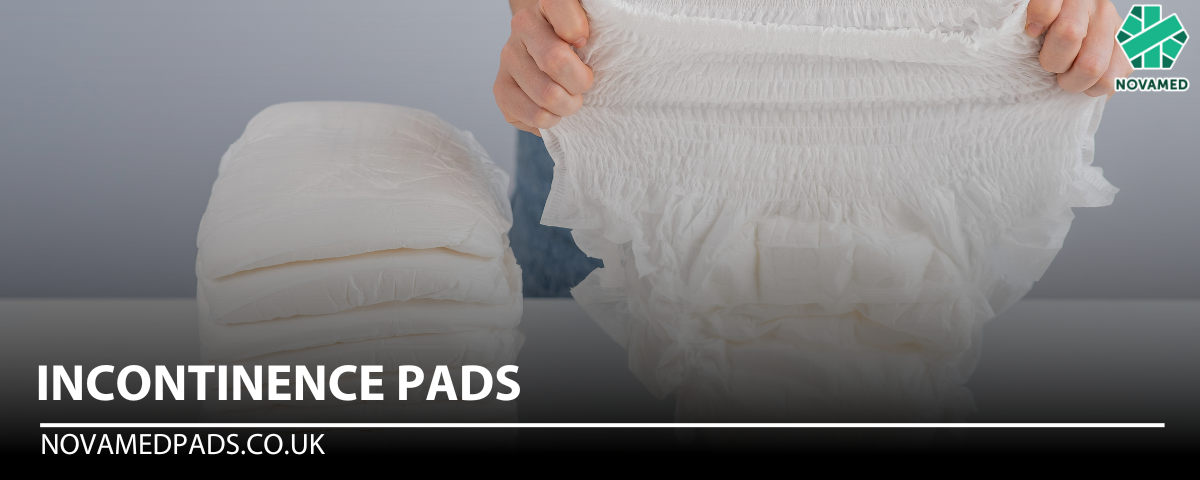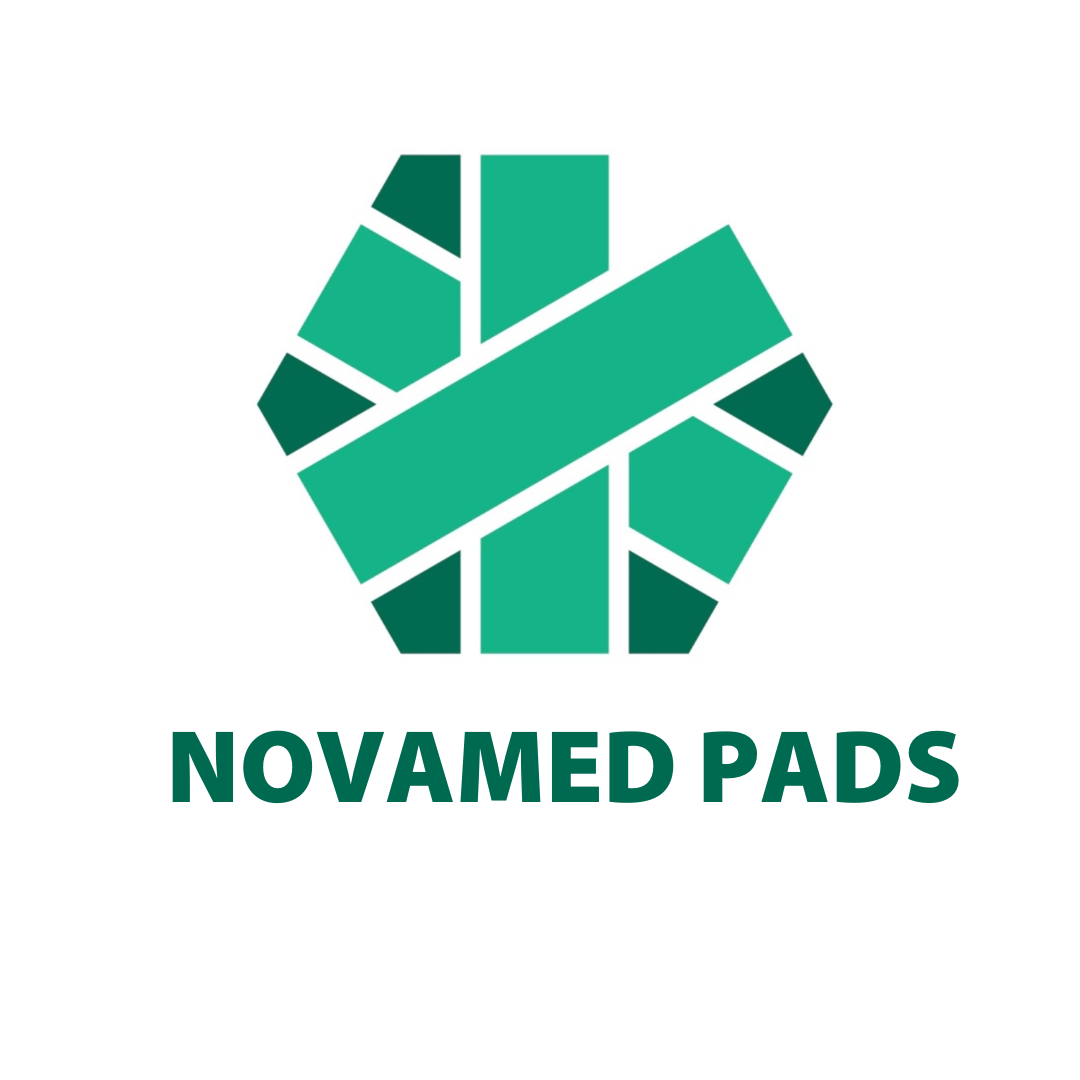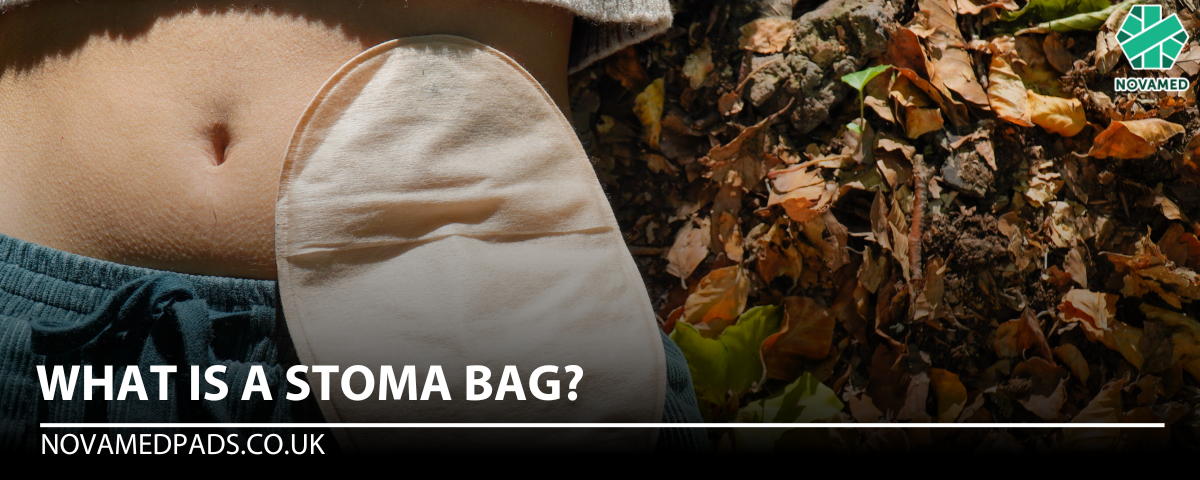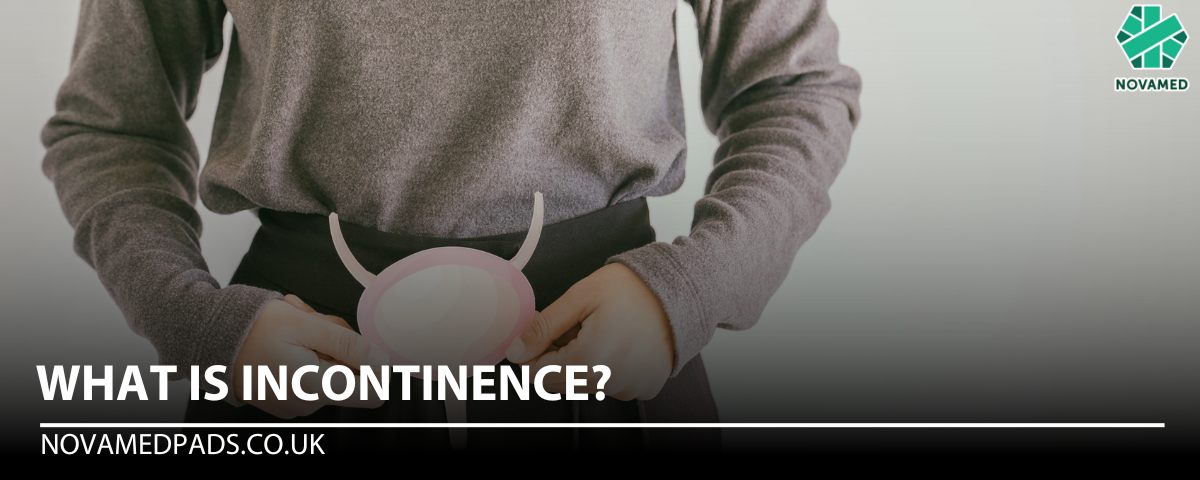
Incontinence Pads - A Complete Guide for Comfort and Protection
Incontinence pads are one of the most critical aspects of healthcare, particularly for people with disabilities. If you or someone in your family needs to wear adult nappies before going out, choosing between absorbent incontinence pads and containment systems can be challenging. Here’s what you need to consider when making that decision.
The right incontinence solution depends on factors like lifestyle, medical needs, and budget. This article explores the different types of incontinence pads and adult nappies available to help you make the best choice.
Choosing Between Incontinence Pads and Containment Systems
Containment systems, such as Previa pads, are popular because they offer peace of mind to caregivers by preventing accidents on the bathroom floor or in vehicles. These pads are ideal for individuals who wear adult nappies in public, as they help reduce embarrassment. However, they can sometimes feel restrictive and uncomfortable when worn daily, limiting freedom during routine activities.
For those on a tight budget, incontinence pads or adult nappies may be a more cost-effective and comfortable option. If money is a primary concern, these products could be the right choice for you.
Different Types of Incontinence Pads and Adult Nappies
There are many types of disposable incontinence products designed to suit various needs and budgets. Let’s take a closer look at the three main categories: first-generation absorbent incontinence pads (FGAs), second-generation absorbent incontinence pads (SGAs), and disposable adult nappies.
-
First-Generation Absorbent Incontinence Pads (FGAs)
Invented in the early 1900s, FGAs have been used by thousands of people. However, they are increasingly being replaced by second-generation incontinence pads because FGAs can be too bulky, leading to new accidents. -
Second-Generation Absorbent Incontinence Pads (SGAs)
Designed for more comfort than traditional adult nappies, SGAs are softer, lighter, and thinner, making them ideal for those who need protection when out in public, such as when shopping or dining. SGAs are a great choice for daily wear as they provide better comfort and absorbency. -
Disposable Adult Nappies
These are the largest of the three and offer the highest level of protection against leaks. While they are more expensive than FGAs or incontinence pads, they provide excellent leakage protection, especially for those needing the most absorbency. Modern disposable adult nappies are made from soft materials, ensuring comfort and reliability whether you're at home or in public.
Factors to Consider When Choosing Incontinence Pads
Taking care of your personal hygiene is essential to feeling confident and strong. When choosing between adult nappies and incontinence pads, ensure you find the right fit and level of absorbency. Comfort and absorbency should be your top priorities to prevent accidents and enhance your daily routine.
Incontinence Pads for Wheelchair Users
Incontinence pads are particularly beneficial for wheelchair users, as they offer protection during transfers from a wheelchair to bed. These pads can often be washed and reused multiple times with proper care, providing both convenience and long-term cost savings.
Incontinence Pads and Caregivers
Incontinence pads and adult nappies not only help those who wear them but also provide a valuable service to caregivers. These products prevent the embarrassment that can come with accidents, protecting both the user and their environment. However, it’s important to use them correctly to avoid additional issues like leaks that could damage your home or car.
In conclusion, the choice between incontinence pads and adult nappies depends on your personal needs, budget, and lifestyle. Each option has its pros and cons, so carefully assess what works best for you or your loved ones.
Feel free to explore our full range of incontinence solutions here!
Bladder and bowel incontinence may be caused by conditions which can be treated medically. Please consult your physician for medical advice and guidance.




